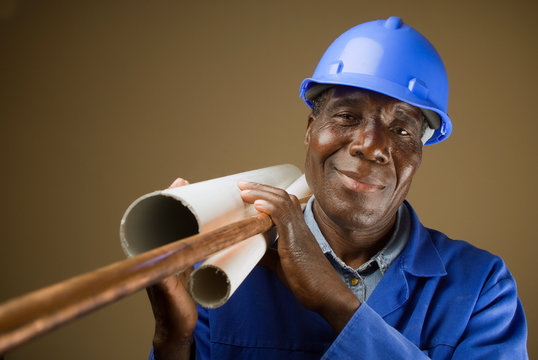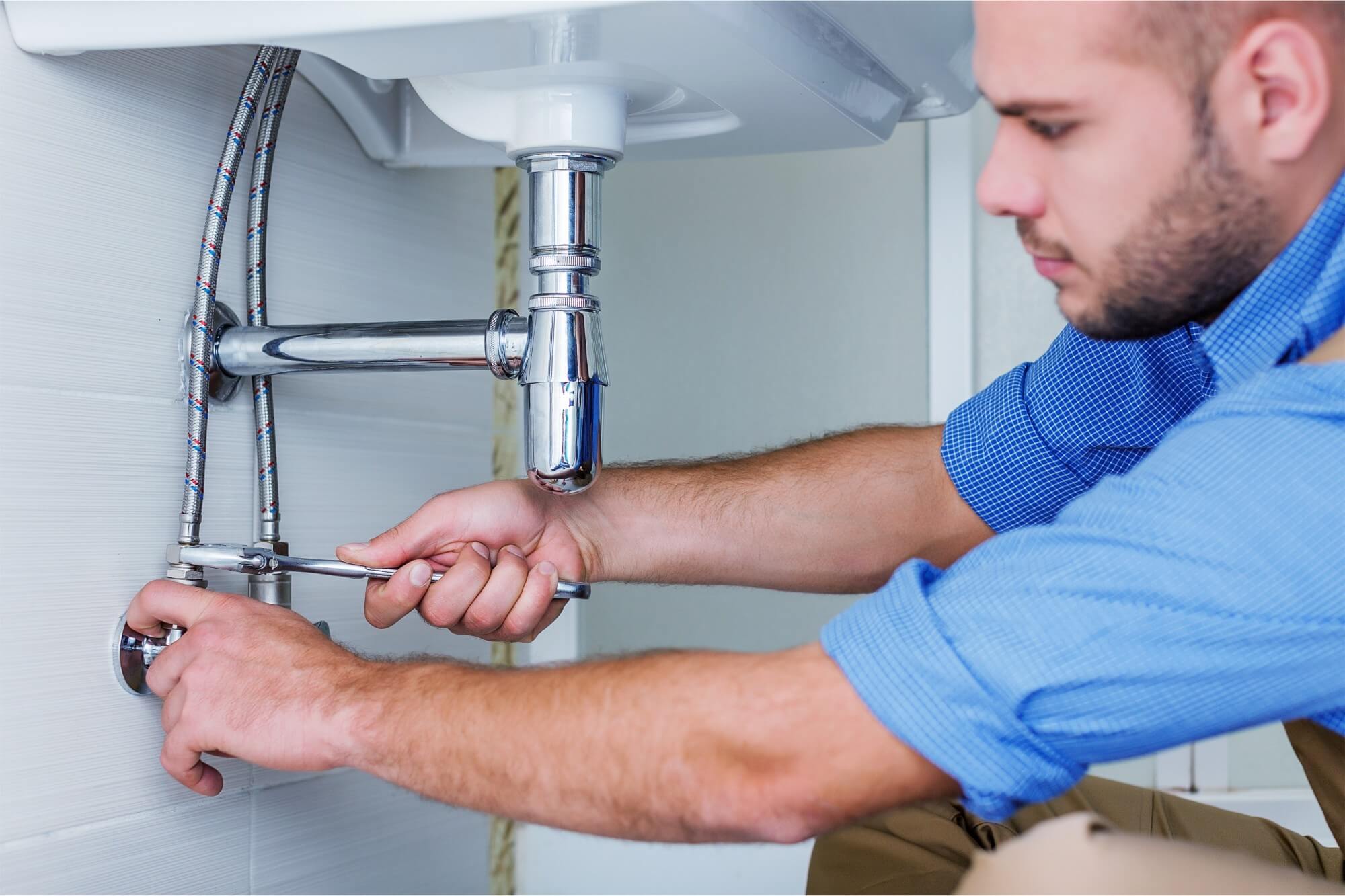Winter-Proofing Your Home: What Every Plumber Mississauga Recommends
Winter-Proofing Your Home: What Every Plumber Mississauga Recommends
Blog Article
Common Pipes Troubles Every Property Owner Should Be Conscious Of
House owners commonly run into a variety of pipes concerns that can interrupt every day life. Typical troubles consist of leaky faucets, clogged drains pipes, and running bathrooms. These concerns normally come from worn-out parts or particles buildup. Additionally, reduced water pressure and ruptured pipes can indicate much deeper troubles. Comprehending these difficulties is important for efficient upkeep. There are various other less noticeable issues that can arise, which necessitate closer assessment.
Leaking Taps
Leaking taps can be an irritating annoyance for homeowners. These consistent leaks not only create an irritating noise yet also cause drainage and increased utility expenses. A leaky tap typically results from worn-out washing machines, O-rings, or seals, which degrade over time because of normal usage and exposure to water. Sometimes, the tap's internal parts might be worn away or harmed, requiring a much more considerable repair work or replacement. Determining the resource of the leak is vital; property owners may need to dismantle the tap to analyze its components closely. Regular upkeep can assist prevent leaks, consisting of cleansing aerators and looking for indications of wear. Resolving a leaking faucet without delay can save water and lower prices, making it a manageable yet crucial task for property owners to tackle in maintaining their plumbing systems effectively. Correct focus to this common issue can result in a more comfortable living atmosphere.
Blocked Drains
Several homeowners experience the aggravation of blocked drains pipes at some time. This usual plumbing issue can occur from numerous reasons, consisting of the accumulation of hair, soap residue, food bits, and grease. These materials can create blockages that impede the circulation of water, resulting in reduce drain or total stoppage.In kitchens, grease and food scraps are usually the wrongdoers, while restrooms frequently experience hair and soap build-up. Normal upkeep, such as using drainpipe filters and preventing pouring fats down the sink, can help avoid clogs.When a blockage does take place, homeowners might attempt to use a bettor or a commercial drain cleaner as first remedies. Nevertheless, consistent concerns might need specialist help to prevent damages to pipes - Plumbing. Comprehending the reasons and prevention methods for stopped up drains can save property owners time and money, making certain a smoother plumbing experience

Running Toilets
Running commodes are a typical issue that can come from different causes, consisting of defective flappers and chain issues. The constant running not only wastes water but likewise causes enhanced energy bills. Attending to these issues quickly can protect against additional issues and recover effectiveness to the pipes system.
Root Causes Of Running Commodes
A persistent circulation of water from a toilet can be both frustrating and wasteful, commonly signaling underlying problems within the plumbing system. One typical cause is a used flapper valve, which might not develop a proper seal, enabling water to continually leak into the dish. In addition, a malfunctioning fill shutoff can lead to excessive water flow, adding to the issue. Misaligned float systems may also cause the toilet to run as they fall short to control the water level suitably. One more potential concern is mineral accumulation, which can obstruct components and hinder their functionality. Recognizing these reasons promptly can aid house owners deal with the issue prior to it rises, making certain reliable operation of their plumbing system.
Repercussions of Constant Operating
Although typically forgotten, the consequences of a continually running commode can substantially impact both water usage and house expenditures. A running toilet can lose approximately 200 gallons of water daily, causing enhanced water bills and unnecessary source usage. This too much water usage not just strains the house budget plan however additionally contributes to environmental problems, specifically in areas dealing with water lacks. In addition, the constant audio of running water can be a resource of inconvenience, disrupting the serenity of the home - Plumber Mississauga. Furthermore, long term issues might lead to even more substantial pipes troubles if left unaddressed, leading to additional financial burdens. Homeowners should recognize the importance of timely repair work to mitigate these unfavorable impacts and keep a reliable pipes system
Fixing Running Toilet Issues
Toilets that constantly run can be a frustrating problem for homeowners, yet determining the cause is the very first step towards an efficient solution. Usual reasons include a defective flapper, which may not produce a proper seal, allowing water to get away right into the bowl. Home owners ought to examine the flapper for wear and change it if needed. Additionally, the fill shutoff might be malfunctioning, causing excess water to move continuously. Replacing this element or adjusting might settle the problem. Another possible wrongdoer is a misaligned float, which can be gotten used to the appropriate elevation. Normal maintenance and prompt fixings can avoid running bathrooms, guaranteeing both water preservation and price financial savings on energy costs.
Low Water Pressure
Low tide stress can be an aggravating experience for homeowners, often materializing as a weak stream from faucets and showerheads. This concern can come from various causes, consisting of debris accumulation in pipelines, corroded pipes, or issues with the community water system. Property owners might at first discover low water stress in certain locations of the home, yet it can rise to a much more widespread issue otherwise dealt with promptly.In some instances, malfunctioning stress regulators can also be accountable for poor water flow. Normal upkeep, such as flushing the water heating system and looking for clogs, can aid minimize these issues. If low tide stress lingers, it may be necessary to get in browse around these guys touch with a specialist plumbing to detect and resolve the underlying reason. Recognizing the source of low water pressure is necessary for recovering appropriate water flow and ensuring a useful plumbing system.
Burst Piping
Burst pipelines can be a major pipes problem, frequently arising from the exact same aspects that add to reduced water pressure, such as temperature changes and maturing framework. When water ices up within pipes, it expands, enhancing pressure up until the pipe can no more include it, bring about a rupture. In addition, rust from extended exposure to water can weaken pipelines, making them susceptible to breaking under typical pressure.Homeowners may discover signs of a ruptured pipeline with unexpected water leaks, wet areas on ceilings or walls, and an unanticipated boost in their water expense. Immediate action is important; failing to deal with a burst pipeline can lead to extensive water damage, mold and mildew growth, and expensive fixings. Normal assessments and maintenance of plumbing systems can aid stop this problem. Protecting pipes in cooler locations and replacing old piping can significantly reduce the threat of ruptured pipes, safeguarding the home's plumbing integrity.
Hot Water Heater Issues
Exactly how can house owners recognize water heater issues before they intensify? Regular examination and maintenance can help detect potential troubles early. Property owners need to search for signs such as irregular water temperature, unusual sounds, or a decrease in warm water supply. Leakages or puddles around the unit might show a breakdown that needs prompt interest. The look of rust or debris buildup can additionally signal the demand for maintenance.Additionally, home owners need to monitor the age of their water heating unit; most systems have a lifespan of 8 to 12 years. If the heater is approaching this age and showing signs of wear, it might be time to review substitute. Routine flushing of the container can prevent debris build-up, prolonging the system's life. By remaining cautious and resolving issues immediately, home owners can prevent pricey repair services and guarantee their hot water heater runs efficiently for many years to find.
Sewer Line Issues
Several homeowners might run into sewage system line troubles at some time, influencing their pipes system's total functionality. Usual issues consist of clogs, tree root invasions, and pipeline damage. Obstructions often result from the build-up of oil, hair, and foreign objects that obstruct the circulation of wastewater. Tree roots can penetrate sewer lines, creating splits and leaks. Furthermore, aging pipes may break or wear away, causing additional issues (Plumbing). Signs of sewer line trouble include slow drains, undesirable smells, and sewage backups, which can position health dangers. Property owners ought to address these issues without delay to avoid substantial damage and costly repair work. Normal upkeep, such as arranged examinations and cleaning, can aid protect against considerable issues. In severe instances, professional intervention might be essential to repair or change broken areas of the sewage system line. Being conscious of these possible problems can assist homeowners take positive procedures to preserve their plumbing systems effectively
Frequently Asked Questions
Just How Can I Avoid Plumbing Issues in My Home?
To stop plumbing problems, routine upkeep is important. Home owners ought to inspect pipes for leaks, tidy drains pipes, and display water pressure. In addition, enlightening themselves regarding proper use can substantially decrease the danger of future plumbing problems.
When Should I Call a Plumbing Technician As Opposed To Repairing It Myself?
Figuring out when to call a plumbing technician often relies on the intensity of the issue. Considerable leaks, consistent blockages, or unknown issues require professional help, making certain safety and security and stopping further damage as opposed to taking the chance of individual efforts at repair work.
What Are the Indications of Hidden Pipes Leaks?
Indicators of hidden pipes my site leaks consist of unexplained water expenses, damp spots on ceilings or walls, mold development, and a mildewy odor. These indicators typically suggest underlying problems that call for expert analysis and fixing for resolution.
How Frequently Should I Have My Pipes Examined?
Normal plumbing inspections are suggested every one to two years. This frequency aids recognize potential concerns early, ensuring the system stays effective and decreasing the danger of pricey repair work or unexpected emergency situations in the future.
Are There DIY Solutions for Minor Pipes Issues?

Report this page